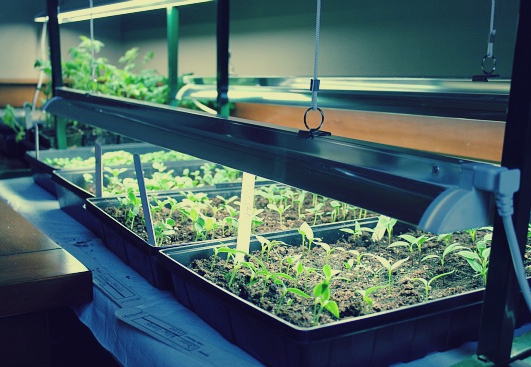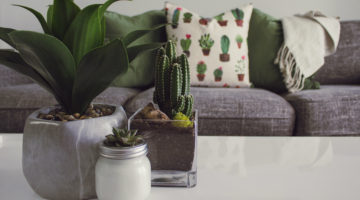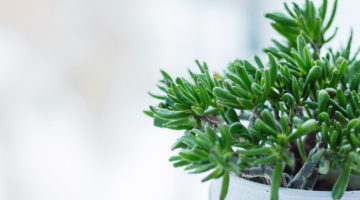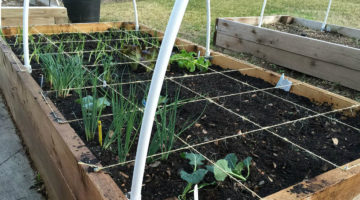Growing plants on its own isn’t an easy task, because you need to know when to water them, you need to care for them as well as you need to know when best to plant them and to collect their yield. Well growing plants with T5 grow lights it even harder, because in addition to other things you also need to set the light cycles and place the lights so that the plants get enough light in each particular growth cycle. That’s why I decided to write a little article of a few tips that will help you grow better plants under a T5 grow lights.
- The first thing is to know your bulb color temperatures, which means to know which color temperature bulbs go with which stages of plants growth. The short version is this: buy 6,500 Kelvin or 6,400 Kelvin bulbs (which ever are more accessible to you) if you want to help your plants grow better, and then when they start to flower or bloom you can purchase 3,000 Kelvin or 2,900 Kelvin bulbs, that will give your plants light that is suited to flowering stages of their growth. You can learn more about the color temperatures in this article I recently did on our website.
- Next thing to remember is to provide good grow room ventilation. Even though T5 grow lights don’t create a lot of heat, they have one of the lowest heat emissions among fluorescent grow lights, if your grow room is small, there still can be a heat problem. So make sure your grow room or area isn’t too hot for your plants, as that can cause damage to them.
- Along with ventilation you always need to keep a close look on the soil you grow your plants in. T5 lights can cause the soil to dry out faster so you might need to water your plants more often than you would need if growing them in natural sunlight. Moreover, make sure you know the requirements that the plants you are growing need in terms of soil and water, because some plants like more dry soil but some need constant watering.
- Make sure you also choose the best size of T5 grow light for your garden or plants.
 If the light fixture is too big that won’t do any damage, it only means that you will be overpaying a little bit, but if the fixture is too small for your plants that might result in plant growth variation. What I mean by that is that that can cause those plants that are in the middle to grow strong because they get enough light, but those that are on the sides to pine away and not grow as strong or as healthy as others, because they won’t get as much light as they need. So make sure you figure out which size T5 fixture works best for your needs.
If the light fixture is too big that won’t do any damage, it only means that you will be overpaying a little bit, but if the fixture is too small for your plants that might result in plant growth variation. What I mean by that is that that can cause those plants that are in the middle to grow strong because they get enough light, but those that are on the sides to pine away and not grow as strong or as healthy as others, because they won’t get as much light as they need. So make sure you figure out which size T5 fixture works best for your needs. - One of the most asked questions in regards to T5 lights are how long I should run my lights. The answer really depends on the plants that you are growing so do your research and find out what light cycle your plants like. One thing I can say though is that in general plants that are in their vegetative stages of growth like natural light cycle, meaning that they get 14 to 18 hours of light a day just like they would if they would grow in sunlight. Later in flowering stages you can change this cycle to 12 hours of light and 12 hours of dark. But again you should experiment with light yourself or fallow already established light cycle for each particular plant to be sure that the plants get as much light as they need.
- And lastly common question that gets asked is how high above the plants I should hang the lights. This in some way relates to heat emission, because if you have lights that produce a lot of heat then you should place them further away from you plants to not damage them. But if you use T5 lights, that don’t run that hot, then you need to experiment with the height and see to which the plants respond to better. A general rule of thumb here is to hang them as close as you can to you plants, just making sure that you don’t burn the canopies of the plants, because this way the plants will get the most and best lighting.




